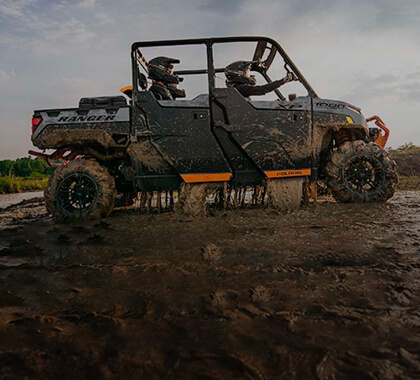Proper maintenance of your Ranger is crucial to keep it in good running condition. Among the many components of your ATV, the brake caliper is an essential part that needs to be checked and serviced regularly. It is responsible for squeezing the brake pads against the rotor to slow down or stop the vehicle.
A malfunctioning caliper can cause rattling, and worse, leaking of brake fluid that can lead to brake failure. If you notice any signs of brake problems, such as unusual noises or soft pedal, it's time to check your caliper.
One of the ways to fix a leaking or damaged caliper is to replace it with a new one. While this may be the easiest option, it can also be more expensive. You can also opt for a more affordable option and purchase a rebuild kit that includes replacement seals, pistons/cups and other parts that need to be replaced. However, be prepared to spend more time and effort in doing this. You must also use dielectric grease to seal it up correctly. One way to check if the rebuild is successful is to fill it with water and see if it holds.
Another maintenance task that you can do to ensure your Mid-Size brakes are functioning properly is to bleed them regularly. Bleeding the brakes involves removing the air bubbles that have accumulated in the brake line, which can cause a spongy pedal feel and make it difficult to stop your vehicle.
To bleed your brakes, start with the caliper farthest away from the master cylinder, and work your way towards it. Make sure to elevate the caliper that you are bleeding to allow air to rise to the bleed valve more easily. Keep an eye on the brake fluid reservoir and do not let it go low to avoid sucking in more air. Pump the brake pedal a few times and hold it down while someone opens the bleeder valve momentarily and then closes it again before releasing the pedal. Do not pump the pedal until it's hard; just give it a few pumps, open and close the bleeder valve, let go of the pedal and repeat until you see no more air bubbles.
Optionally, you can use a vacuum pump to speed up the process. You attach the pump to the bleeder valve, and it will pull new fluid through the system until no air bubbles are left.
Just like brake pad replacements and clutch upgrades, maintaining your brake caliper is crucial in keeping your Ranger running smoothly and safely. By checking your calipers regularly and bleeding your brakes when needed, you can ensure that your ATV will stop when you need it to.





